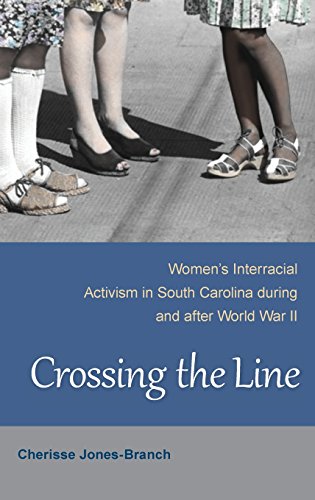

Most ebook files are in PDF format, so you can easily read them using various software such as Foxit Reader or directly on the Google Chrome browser.
Some ebook files are released by publishers in other formats such as .awz, .mobi, .epub, .fb2, etc. You may need to install specific software to read these formats on mobile/PC, such as Calibre.
Please read the tutorial at this link: https://ebookbell.com/faq
We offer FREE conversion to the popular formats you request; however, this may take some time. Therefore, right after payment, please email us, and we will try to provide the service as quickly as possible.
For some exceptional file formats or broken links (if any), please refrain from opening any disputes. Instead, email us first, and we will try to assist within a maximum of 6 hours.
EbookBell Team

5.0
78 reviews“Combines a remarkable amount of close research with a deep understanding of the role of gender in the making of the Freedom Struggle. This book will hold a place of honor on the growing shelf of scholarship on the movement in South Carolina.”—W. Scott Poole, author of Monsters in America: Our Historical Obsession with the Hideous and the Haunting
“Rediscovering fascinating black and white women, Jones-Branch thoughtfully analyzes how they endeavored to change South Carolina’s racial climate.”—Marcia G. Synnott, author of The Half-Opened Door: Discrimination and Admissions at Harvard, Yale, and Princeton, 1900–1970
Although they were accustomed to a segregated society, many women in South Carolina—both black and white, both individually and collectively—worked to change their state’s unequal racial status quo. In this volume, Cherisse Jones-Branch explores the early activism of black women in organizations including the NAACP, the South Carolina Progressive Democratic Party, and the South Carolina Federation of Colored Women’s Clubs. At the same time, she discusses the involvement of white women in such groups as the YWCA and Church Women United. Their agendas often conflicted and their attempts at interracial activism were often futile, but these black and white women had the same goal: to improve black South Carolinians’ access to political and educational institutions.
Examining the tumultuous years during and after World War II, Jones-Branch contends that these women are the unsung heroes of South Carolina’s civil rights history. Their efforts to cross the racial divide in South Carolina helped set the groundwork for the broader civil rights movement of the 1960s and 1970s.